
This third edition published in 2011 by:
Marshall Cavendish Corporation
99 White Plains Road
Tarrytown, NY 10591-9001
www.marshallcavendish.us
Text Copyright 2011, 2007, 2001 Frances Gendlin
Design Copyright 2011 Marshall Cavendish International (Asia) Private Limited
All rights reserved
No part of this publication may be reproduced, stored in a retrieval system or transmitted, in any form or by any means, electronic, mechanical, photocopying, recording or otherwise, without the prior permission of the copyright owner. Request for permission should be addressed to the Publisher, Marshall Cavendish International (Asia) Private Limited, 1 New Industrial Road, Singapore 536196. Tel: (65) 6213 9300, fax: (65) 6285 4871. E-mail:
The publisher makes no representation or warranties with respect to the contents of this book, and specifically disclaims any implied warranties or merchantability or fitness for any particular purpose, and shall in no events be liable for any loss of profit or any other commercial damage, including but not limited to special, incidental, consequential, or other damages.
Other Marshall Cavendish Offices:
Marshall Cavendish International (Asia) Private Limited. 1 New Industrial Road, Singapore 536196  Marshall Cavendish International. PO Box 65829, London EC1P 1NY, UK
Marshall Cavendish International. PO Box 65829, London EC1P 1NY, UK  Marshall Cavendish International (Thailand) Co Ltd. 253 Asoke, 12th Flr, Sukhumvit 21 Road, Klongtoey Nua, Wattana, Bangkok 10110, Thailand
Marshall Cavendish International (Thailand) Co Ltd. 253 Asoke, 12th Flr, Sukhumvit 21 Road, Klongtoey Nua, Wattana, Bangkok 10110, Thailand  Marshall Cavendish (Malaysia) Sdn Bhd, Times Subang, Lot 46, Subang Hi-Tech Industrial Park, Batu Tiga, 40000 Shah Alam, Selangor Darul Ehsan, Malaysia
Marshall Cavendish (Malaysia) Sdn Bhd, Times Subang, Lot 46, Subang Hi-Tech Industrial Park, Batu Tiga, 40000 Shah Alam, Selangor Darul Ehsan, Malaysia
Marshall Cavendish is a trademark of Times Publishing Limited
eISBN: 978-9-8144-8481-7
Please contact the publisher for the Library of Congress catalogue number
Printed in Singapore by Times Printers Private Limited
Photo Credits:
All photos by San Francisco Convention & Visitors Bureau except page 60 (Age Fotostock/Adam Jones); page 66 (Age Fotostock/Renaud Visage); page 134 (Eleanor Burke); pages xiii, 21, 27, 33, 62, 167, 198, 322, 345 (Photolibrary).
 Cover photo: Photolibrary.
Cover photo: Photolibrary.
All illustrations by TRIGG. Map on page xvi by John Zaugg.
ABOUT THE SERIES
Culture shock is a state of disorientation that can come over anyone who has been thrust into unknown surroundings, away from ones comfort zone. CultureShock! is a series of trusted and reputed guides which has, for decades, been helping expatriates and long-term visitors to cushion the impact of culture shock whenever they move to a new country.
Written by people who have lived in the country and experienced culture shock themselves, the authors share all the information necessary for anyone to cope with these feelings of disorientation more effectively. The guides are written in a style that is easy to read and covers a range of topics that will arm readers with enough advice, hints and tips to make their lives as normal as possible again.
Each book is structured in the same manner. It begins with the first impressions that visitors will have of that city or country. To understand a culture, one must first understand the peoplewhere they came from, who they are, the values and traditions they live by, as well as their customs and etiquette. This is covered in the first half of the book.
Then on with the practical aspectshow to settle in with the greatest of ease. Authors walk readers through topics such as how to find accommodation, get the utilities and telecommunications up and running, enrol the children in school and keep in the pink of health. But thats not all. Once the essentials are out of the way, venture out and try the food, enjoy more of the culture and travel to other areas. Then be immersed in the language of the country before discovering more about the business side of things.
To round off, snippets of basic information are offered before readers are tested on customs and etiquette of the country. Useful words and phrases, a comprehensive resource guide and list of books for further research are also included for easy reference.
CONTENTS
ACKNOWLEDGEMENTS
San Franciscans, as you will come to understand, are an opinionated lot. My friends and colleagues in The City By the Bay cheerfully gave me helpful suggestions for information to be included in the first edition of this book, and they were no doubt either gratified or disappointed upon reading it. (None said they were disappointed. I didnt ask.) Nonetheless, I truly did appreciate their comments, their willingness to try new restaurants and to drive around the far reaches of the city with me, and to participate with me in my musings about what makes San Francisco tick. In these regards, I was especially appreciative of Fred Allardyce, Eleanor Burke, Helen Cohn, Jean Coyner, Robert Domush, Jaem Heath-ORyan, Allan Jacobs, the late Edith Jenkins, Faye Jones, James Keough, Sarah Keough, Andy Leakakos, Peter Linenthal, Ann Magennis, Ronda Nasuti, Les Plack, Candida Quinn, Ken Rosselot, Newby Schweitzer, Linda Sparrowe, Patricia Unterman, Al Williams, and John Zaugg. And for this current edition, I am grateful to the San Francisco Convention and Visitors Center, whose materials were timely and helpful. Marsha Felton, Diane Johnson and John Murray, Mary Duncan, Jim Iwersen, and Joy Eckel also made the task easier, so I thank them, as well.
With so much varied and detailed information, all guide books, no matter how current, suffer from suddenly outdated information or an error or two. So, regardless of all our efforts, there may be a mistake here and there concerning a business that has suddenly disappeared or a neighborhood that has changed perhaps almost overnight. If there are any such errors, they are, of course, mine alone. Some things are sure, however. There is an old joke among chauvinistic San Franciscans, that one of these days there will be a big earthquake here, and the rest of the country will fall into the sea. But as of the books publication, at least, the city was intact: the big one had not hit and San Francisco and the rest of the continent were still firmly attached. So, if other things have changed, as of course they must, or if something more expensive has replaced what once was, take it in stride. Just enjoy San Francisco for what it ison that particular day. The next day it might be something different, after all.
NOTE
Readers may be surprised to find some spelling inconsistencies and should understand that this has more to do with the American psyche than a malfunction of the word processor. Although our American ancestors rebelled against the British and forged their own language and spelling of certain wordstheater and center, for examplesome current Americans seem to find British spelling more elegant. Thus there will appear here a shopping centre or two and a theatre or two amid the centers and theaters, but it doesnt matter, for they are American in every important regard. The same holds true for the word cafe, which is American, but which may variously be spelled caff or caf, depending on the nationality or whim of the owner of the establishment.
Where services or shops will be sought out owing to their location (e.g. bakeries), they are listed by the neighborhood closest to them; where the services might be needed no matter where they happen to be (e.g. churches), they are listed alphabetically or by category. Also, Internet addresses have been included for information that readers might reasonably want to access onlinesuch as housing options, visa formalities, business advicebut not for every Internet address in this totally cyber-friendly city. When possible, do check the websites for the most current information.
Next page
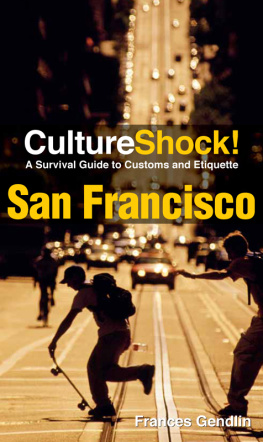
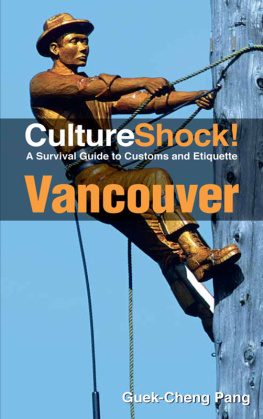
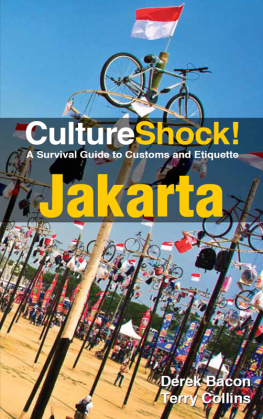
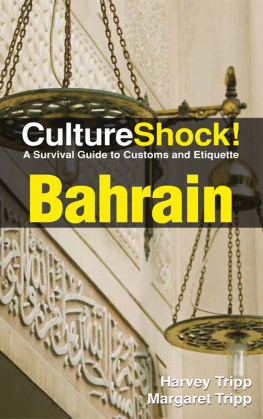
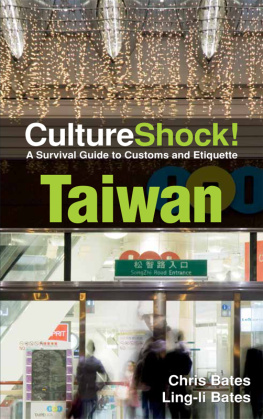
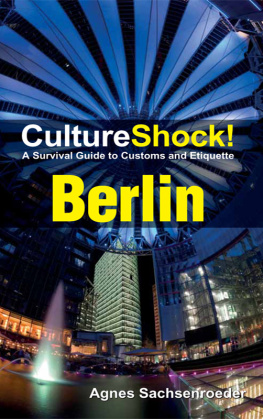

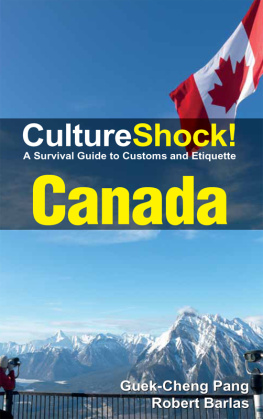
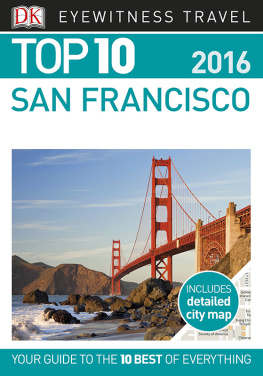
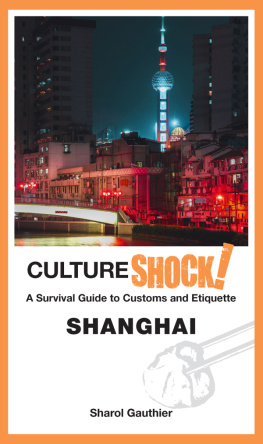
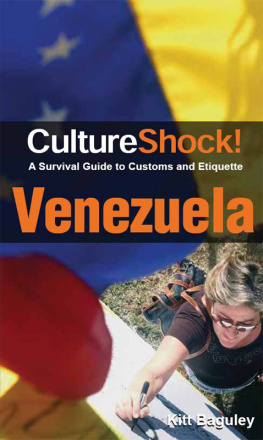
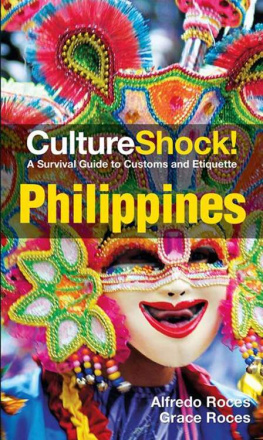
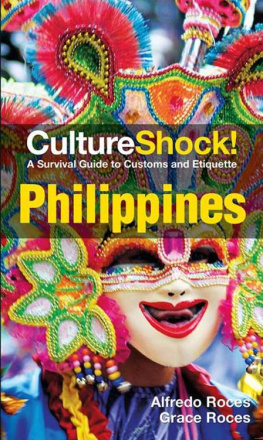

 Marshall Cavendish International. PO Box 65829, London EC1P 1NY, UK
Marshall Cavendish International. PO Box 65829, London EC1P 1NY, UK